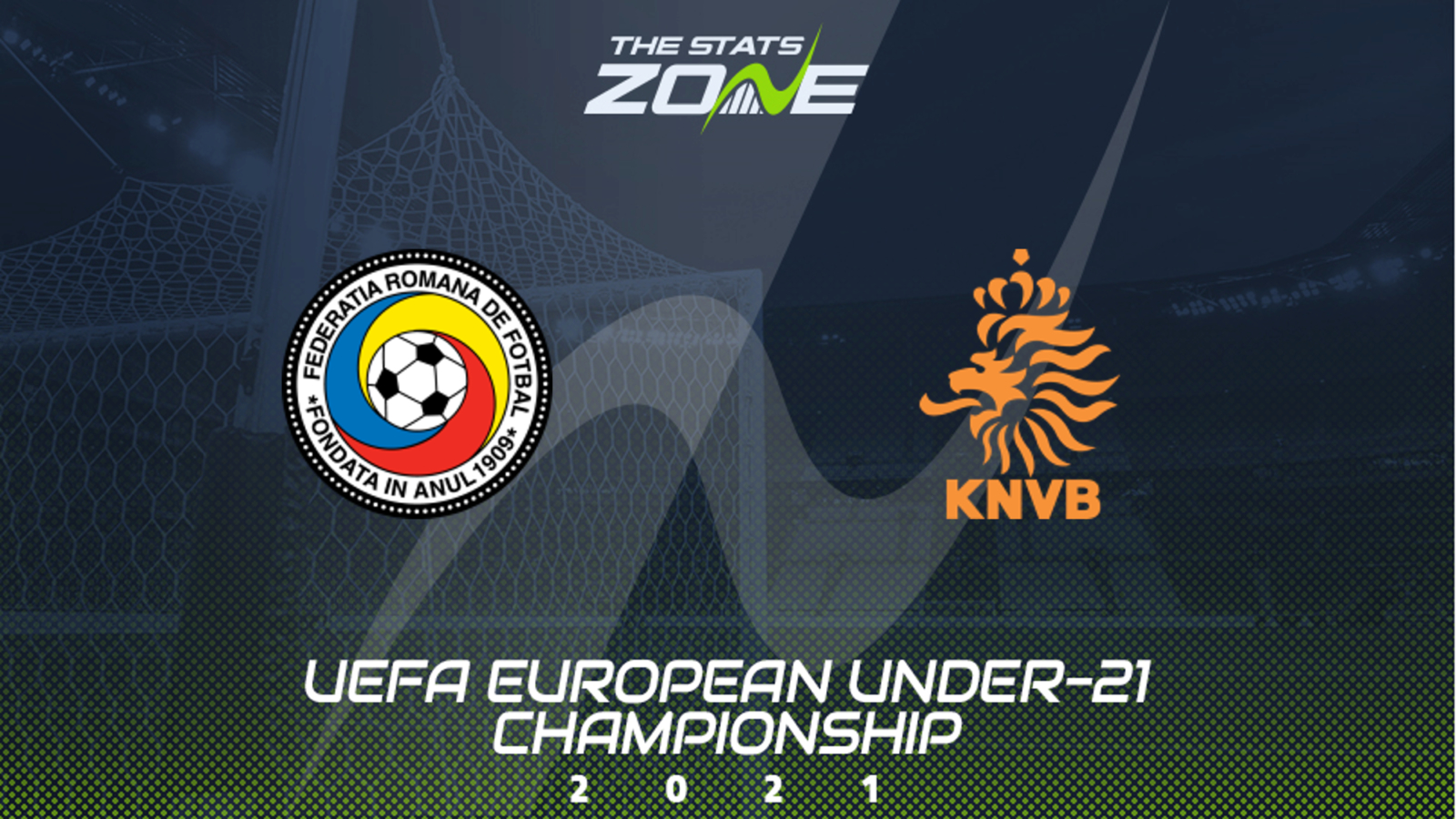Historical Context: Romania Vs Netherlands

Romania vs netherlands – Romania and the Netherlands have a long and complex history that dates back to the Middle Ages. The two countries have been allies and enemies at different times, and their relationship has been shaped by a number of key events.
One of the most important events in the history of Romania-Netherlands relations was the Romanian War of Independence (1877-1878). The Netherlands was one of the first countries to recognize Romania’s independence, and it provided financial and military support to the Romanian army. This support helped Romania to achieve its independence from the Ottoman Empire.
Diplomatic Ties
Romania and the Netherlands established diplomatic relations in 1880. The two countries have maintained close diplomatic ties ever since, and they have cooperated on a number of issues, including trade, investment, and security.
In 1991, Romania became a member of the North Atlantic Treaty Organization (NATO). The Netherlands is also a member of NATO, and the two countries have worked together closely on a number of NATO missions.
Economic Ties
Romania and the Netherlands have strong economic ties. The Netherlands is one of Romania’s largest trading partners, and it is also a major investor in Romania. Dutch companies have invested heavily in Romania’s energy, transportation, and manufacturing sectors.
In 2019, the total trade volume between Romania and the Netherlands was over €5 billion. The Netherlands is also a major source of foreign direct investment in Romania.
Cultural Exchange

Romania and the Netherlands, despite their geographical distance, share a rich history of cultural exchange that has shaped their respective traditions and practices. From language to religion, art to music, and cuisine, there are both similarities and differences that have contributed to the mutual understanding and cooperation between the two countries.
Language
The Romanian language belongs to the Romance language family, while Dutch is a Germanic language. Despite this difference, there are some similarities in their vocabulary and grammar, likely due to historical interactions and cultural exchanges. Both languages have adopted words from other languages, including Latin, French, and German, which has further enriched their linguistic landscapes.
Religion
Romania is predominantly Eastern Orthodox Christian, while the Netherlands is a Protestant-majority country. However, there are significant minority populations of other religions in both countries, including Catholicism, Islam, and Judaism. This religious diversity has contributed to a spirit of tolerance and understanding, fostering a climate of respect for different beliefs and practices.
Art, Romania vs netherlands
Romanian art is known for its vibrant colors, intricate designs, and folk motifs, often inspired by traditional rural life. Dutch art, on the other hand, is renowned for its realism, attention to detail, and innovative techniques, particularly in the areas of landscape painting and still life. Despite these differences, both countries have produced notable artists who have left a lasting impact on the global art scene.
Music
Romanian music is characterized by its rich folk traditions, featuring instruments such as the pan flute, violin, and cimbalom. Dutch music, while also influenced by folk traditions, has a strong classical music heritage, with notable composers such as Johan Sebastian Bach and Johannes Brahms. Both countries have vibrant contemporary music scenes, with artists incorporating elements from both traditional and modern genres.
Cuisine
Romanian cuisine is hearty and flavorful, with a focus on fresh produce, grilled meats, and dairy products. Dutch cuisine is known for its simplicity, comfort foods, and use of cheese, dairy, and seafood. While there are distinct differences in their culinary traditions, both countries have a shared appreciation for good food and convivial dining experiences.
The cultural exchange between Romania and the Netherlands has fostered a deep understanding and cooperation between the two countries. Through shared experiences in art, music, and cuisine, as well as ongoing dialogue and collaboration, they have built a strong foundation for mutual respect and friendship.
Romania and the Netherlands have a storied history, with many battles fought between them. One of the most famous of these battles was the Battle of Lepanto, which took place in 1571. The battle was a decisive victory for the Holy League, which included the Netherlands, over the Ottoman Empire.
The battle was also notable for the participation of Jhon Arias , a Spanish naval commander who played a key role in the victory. The battle was a turning point in the Mediterranean Sea, and helped to establish the Netherlands as a major naval power.
The battle between Romania and the Netherlands was a bloody one, with both sides suffering heavy losses. In the midst of the chaos, a young soldier named Jesus Valenzuela found himself separated from his unit. Lost and alone, he stumbled upon a group of Dutch soldiers.
To his surprise, they did not attack him but instead offered him food and water. Valenzuela was grateful for their kindness and decided to join them. Together, they fought against the Romanians and eventually emerged victorious. Jesus Valenzuela returned home a hero, but he never forgot the compassion shown to him by the Dutch soldiers.